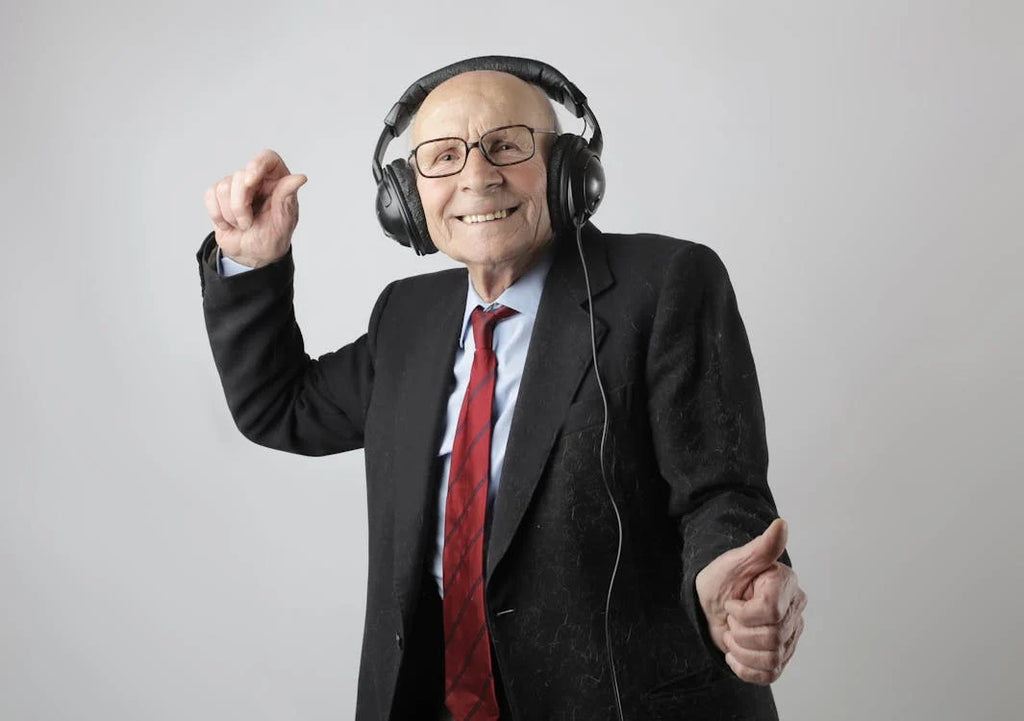Who needs accessible content and why is it important?
Accessible content is content that is accessible to anyone, regardless of their abilities.
In the digital age, accessible content is simply good customer service.
We all know the hair-pulling frustration of a terrible online experience.
That frustration is magnified for people with a disability.
No doubt someone close to you has struggled to access and achieve something online because of a disability of one kind or another.
Perhaps it's your grandparent, your parent, your colleague, your child. Perhaps it's you.
Many people with disabilities have to use special computers, browsers, software, hardware, and techniques to access and use digital content. Your content must work for all these scenarios.
Let's be clear. We are not talking about a small audience.
The World Health Organization estimates that 16% of the population experiences a disability, including low vision, blindness, hearing loss, deafness, limited movement, dyslexia and other learning challenges, photosensitivity, colour blindness, and neurological disorders.
Sixteen percent is over 1000 million people.
This audience is colossal if you factor in that disabilities can be temporary too, for example, as a result of injury, migraines, concussion, medical procedures, or middle ear infections.
With an aging population, the audience is growing exponentially. So too is the volume of inaccessible content.
Making information accessible to people with disabilities is not just an act of kindness.
Equal access to content is a human right that is recognized in law by many countries — most likely yours.
The cost of non-compliance can be high.
According to Forbes, US lawsuits against website owners, who have allegedly breached the Americans with Disabilities Act, are on the rise. Over 4000 lawsuits were filed in 2023 alone — double the number from 2018.
Who needs to produce accessible content that meets WCAG 2.2 standards?
The Web Content Accessibility Guidelines (WCAG v2.2) is the standard used by governments to check whether their websites, documents, and video files comply with laws about accessibility, equal opportunities, and human rights.
All local or national government writers and content creators need to know how to produce WCAG-compliant content.
Wherever you are in the world, if you are a public servant writing content for citizens you have a responsibility to write and create accessible content.
This is you if you produce digital content, documents, audio, video, or forms that are likely to enter the public domain.
This concerns you even if the words 'content writer' or 'content creator' are not in your job description, but you produce public information at work.
This could be you if you work in:
- a communications team
- a marketing team
- a social media team
- a web team
- a policy team
- an advisory team
- a subject expert team
- a customer service team
- a legal team
- a public events team
- an elearning team
- a government service provider, or
- a school or university.
This concerns you if you manage people who produce content for citizens.
This concerns you if you broadcast content at live or online events for citizens. Yes, you may not have thought about this scenario.
This concerns you if you care about people, customer service, human rights, and the quality of your work.
If you work outside government, you'll want these vital skills to reach, engage, and serve this significant audience.
When you play your part in creating content that is easy to use, you make life easier for more people. You can make people happy. You are a true content hero.
Do you see yourself as a content creator in this group now? Are you inspired to learn more?
Our courses show writers and content creators what to do
If you already know how to create accessible content to the latest WCAG standards (v2.2) — fantastic — you are a content hero leading the way.
If you need to upskill or refresh your skills, don't worry. Our courses show you what to do in 5-10 hours.
- We only focus on the key WCAG 2.2 skills that content writers and creators need to know.
- We show you step-by-step how to create accessible documents and PDFs.
- We show you how to make accessible video files, audio files, and live media at public events.
- We explain WCAG's technical jargon.
- We give clear examples to follow.
- We help you avoid common traps that undo accessibility.
As a bonus, understanding the challenges and specific access needs of people with disabilities makes you a more mindful and empathetic writer — a better-rounded writer who is match-fit for the digital age.
30-50% discount on WCAG 2.2 accessibility courses
If you have studied with us before, then we are giving you a bonus of 20% off — that's half price!
To qualify, simply add the Contented course you completed and the year of study to your list of LinkedIn qualifications, and email sales[at]contented.com to get your discount code.
Special offer ends 31 March 2024 11.59pm GMT.


Leave a comment: